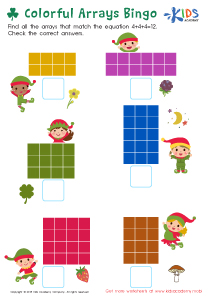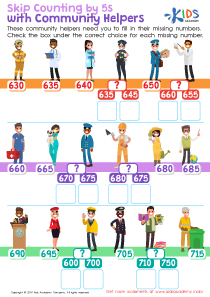Comparing lengths Grade 2 Measurement Worksheets
7 filtered results
-
From - To
Enhance your second grader's understanding of measurement with our engaging "Comparing Lengths" worksheets. Designed specifically for Grade 2, these printable activities help students develop essential skills in comparing and measuring lengths using both standard and non-standard units. Through a variety of compelling exercises, kids will learn to identify longer and shorter objects, as well as practice estimating and measuring with accuracy. These interactive worksheets promote critical thinking and foster a love for math, making learning both fun and effective. Perfect for classroom use or home practice, these resources will empower young learners to confidently approach measurement concepts. Get started today!
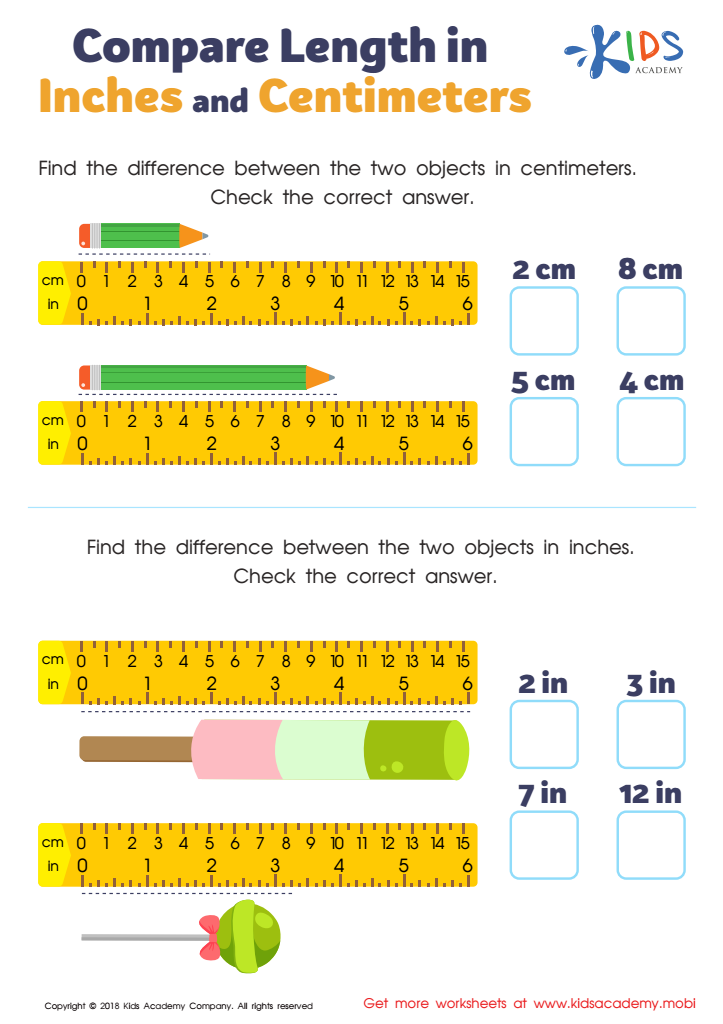

Compare Length in Inches and Centimeters Worksheet
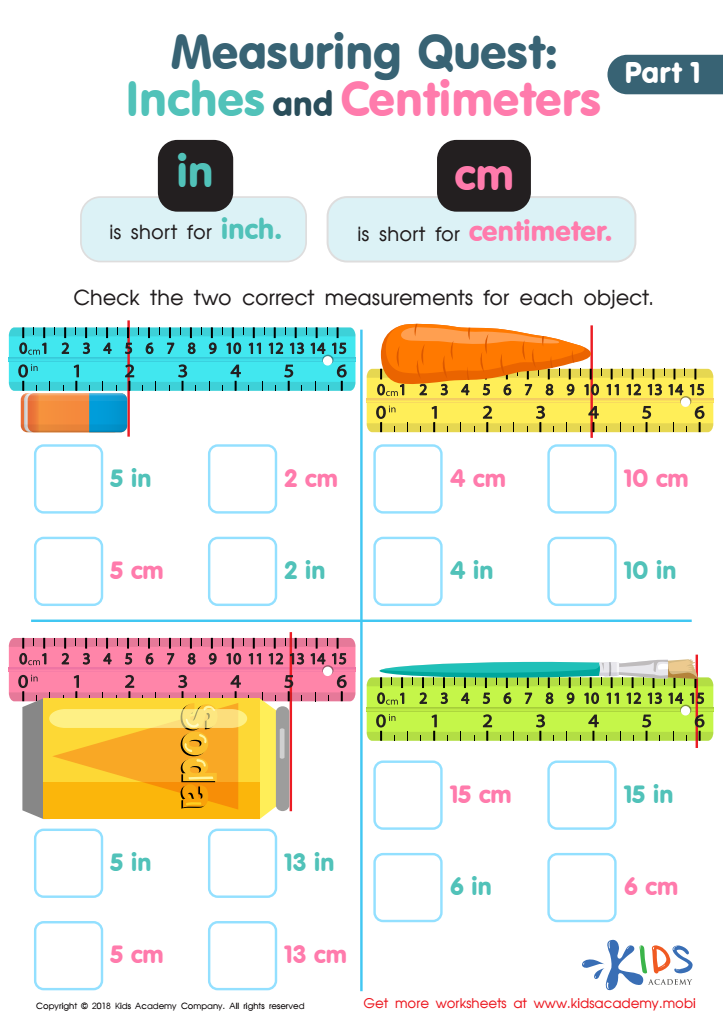

Measuring Quest: Inches and Centimeters Worksheet
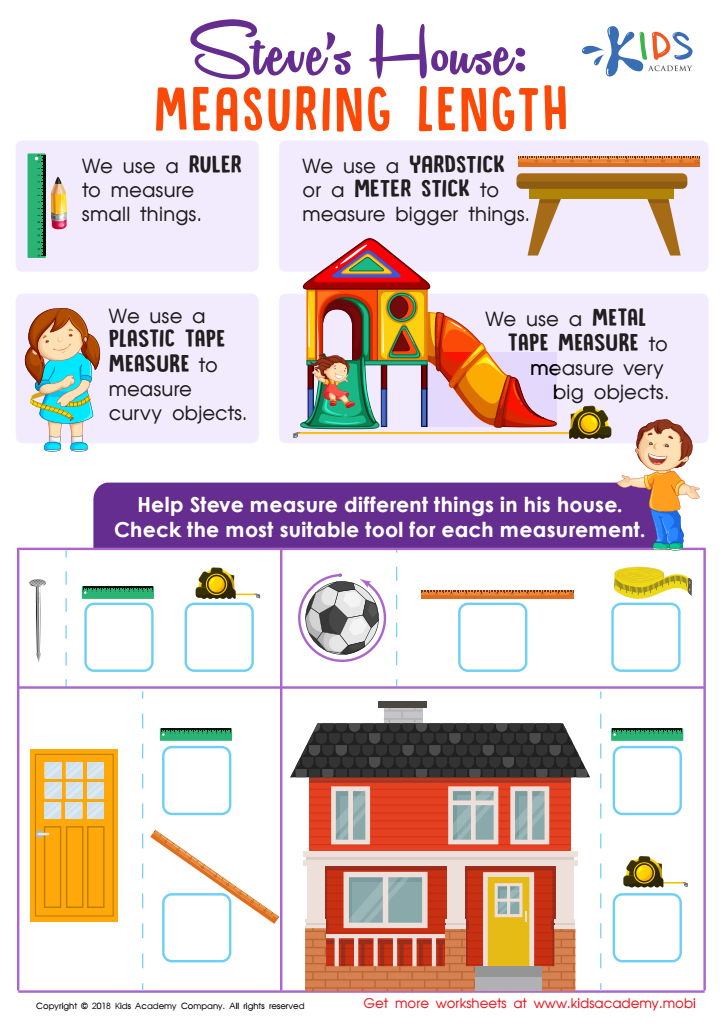

Steve's House: Measuring Length Worksheet


Length Word Problems Worksheet
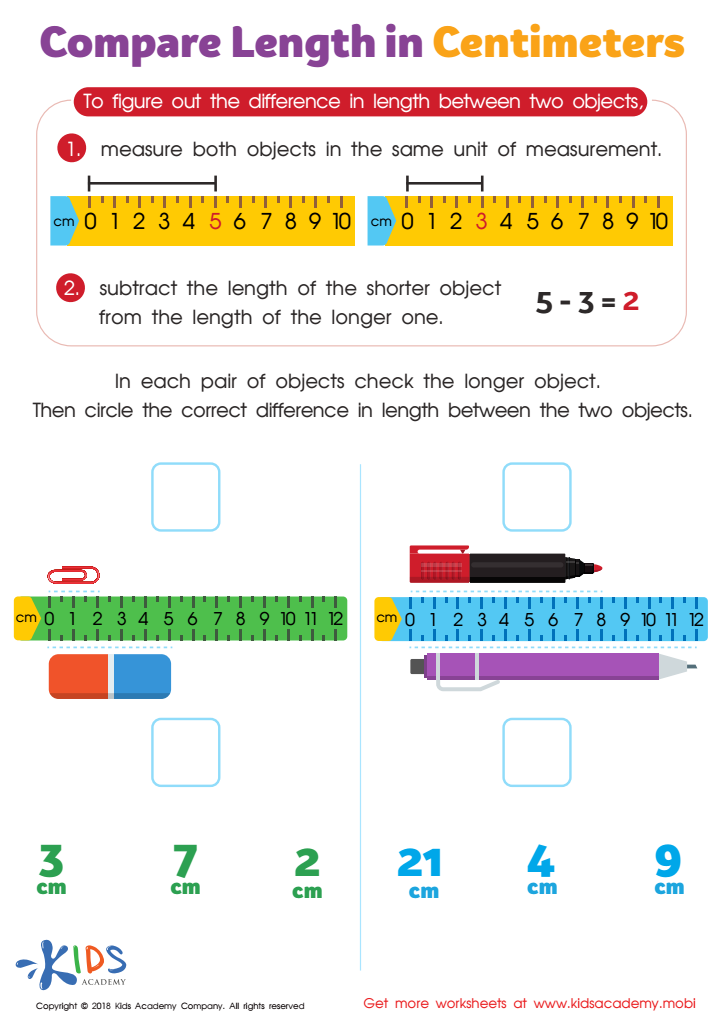

Compare Length in Centimeters Worksheet
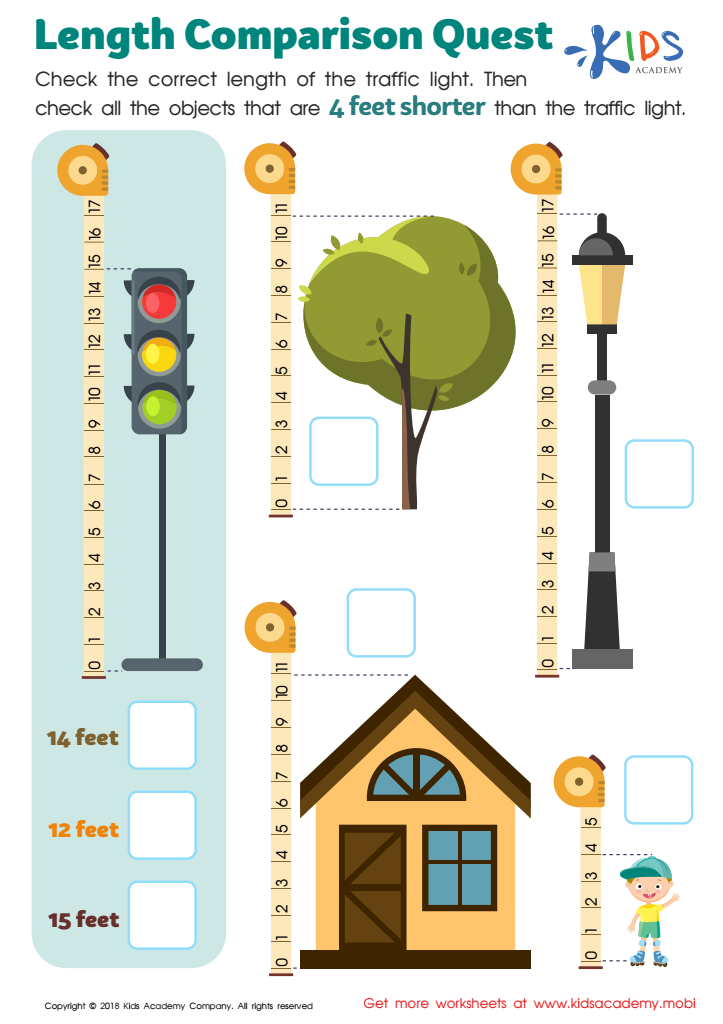

Length Comparison Quest Worksheet


Let's Measure Animals! Worksheet
Comparing lengths is an essential skill that lays the foundation for students' mathematical understanding in Grade 2 and beyond. For parents and teachers, fostering this skill not only enhances children's grasp of measurement but also sharpens their critical thinking abilities.
In Grade 2, students begin to explore the concept of length using non-standard and standard units of measurement. This engagement encourages them to make observations and form comparisons through hands-on activities, helping them to visualize concepts rather than merely memorize them. Comparative activities, such as measuring classroom objects or using everyday items at home, allow students to see the practical application of measurement in real-life scenarios.
Moreover, understanding how to compare lengths aids in the development of spatial awareness and encourages problem-solving skills. This foundation is crucial for future mathematical concepts, such as geometry and data analysis, which rely on accurate measurement.
By nurturing this skill, parents and teachers promote a mathematically literate community. Engaging students in discussions about length comparison builds confidence and excitement about learning math, ensuring they grow into learners who are equipped to tackle more complex concepts in later grades. This makes measurement not just a skill but a gateway to broader academic success.
 Assign to My Students
Assign to My Students








